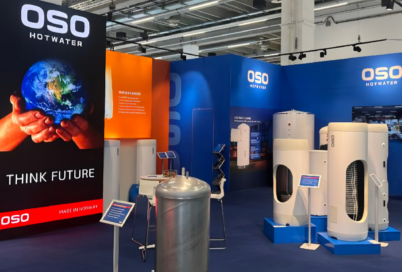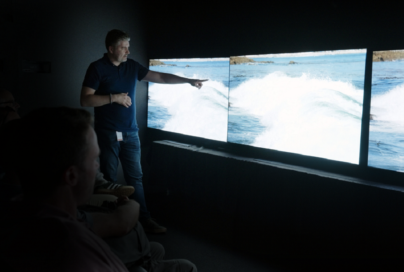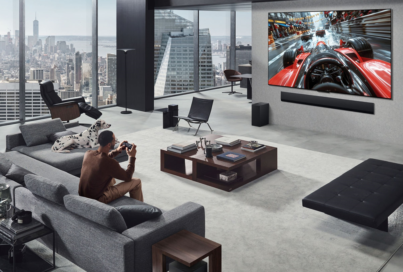[Mobility Inside] Exploring the Minds of Drivers Like Never Before
In a world controlled by Internet of Things (IoT) – a network of interconnected physical objects – users leave small online traces, like digital fingerprints. This is better known as ‘digital dust,’ made mostly of unstructured and semi-structured data which can be converted into meaningful insight in the mind of the user through the power of Internet of Behaviors (IoB). Most simply put, IoT collects large amounts of data from devices which IoB then connects to real-world actions.
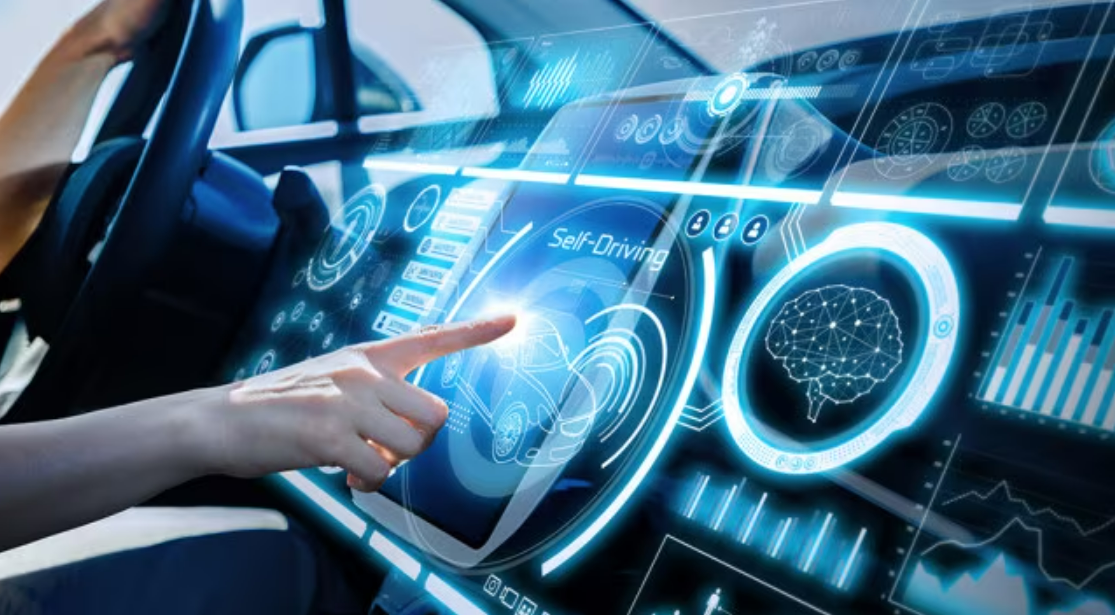
Proving information helpful in identifying users’ tastes, preferences and habits, IoB has become a crucial tool for developing quality products and services tailored to users’ needs across various industries, including mobility. As digital software becomes more important for developing modern vehicles by promoting better communication between vehicles and various entertainment displays, IoB’s role in the automotive industry is rapidly growing.
So, how does IoB play its part in the development of future automobiles?
Driving Tendency
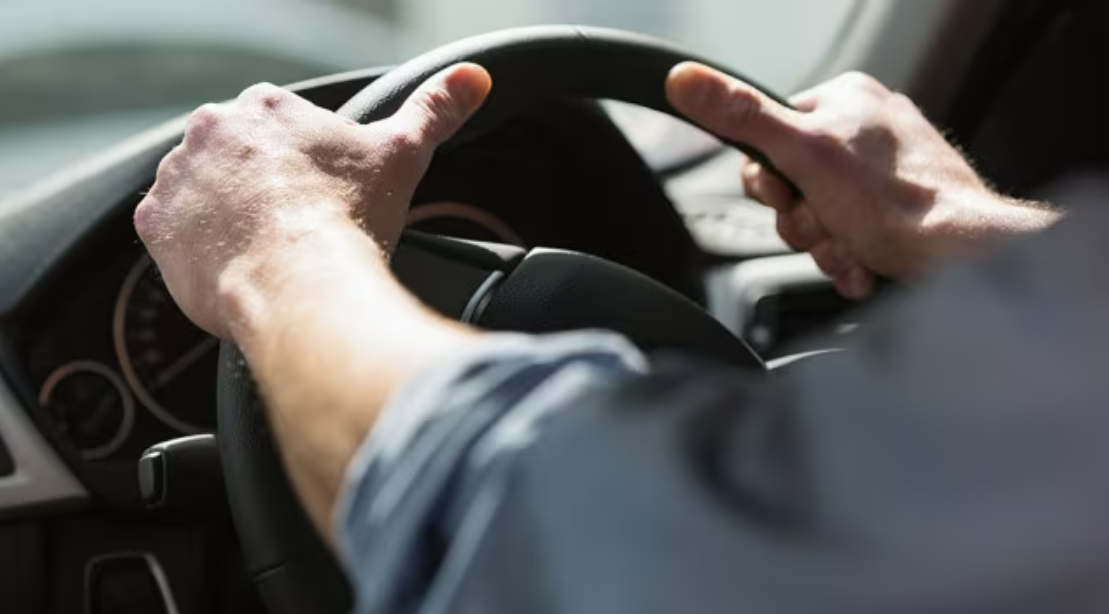
Telematics, as discussed in our previous episode, is a vehicle information communication technology that connects cars to the network. Not limited to collecting innumerable behavioral data such as driving habits or patterns, when combined with other demographic data such as age, gender and driving history, telematics also becomes a rich source for IoB.
By categorizing consumers into different groups, IoB can give unprecedented insight into the mind of the user, such as seeing which features are favored by younger male drivers or if driving styles change according to weather conditions. By providing important insight about different types of drivers, automakers can upgrade vehicle performance by remedying shortcomings and developing features that speak to their target market.
Face Recognition and Gesture Control System
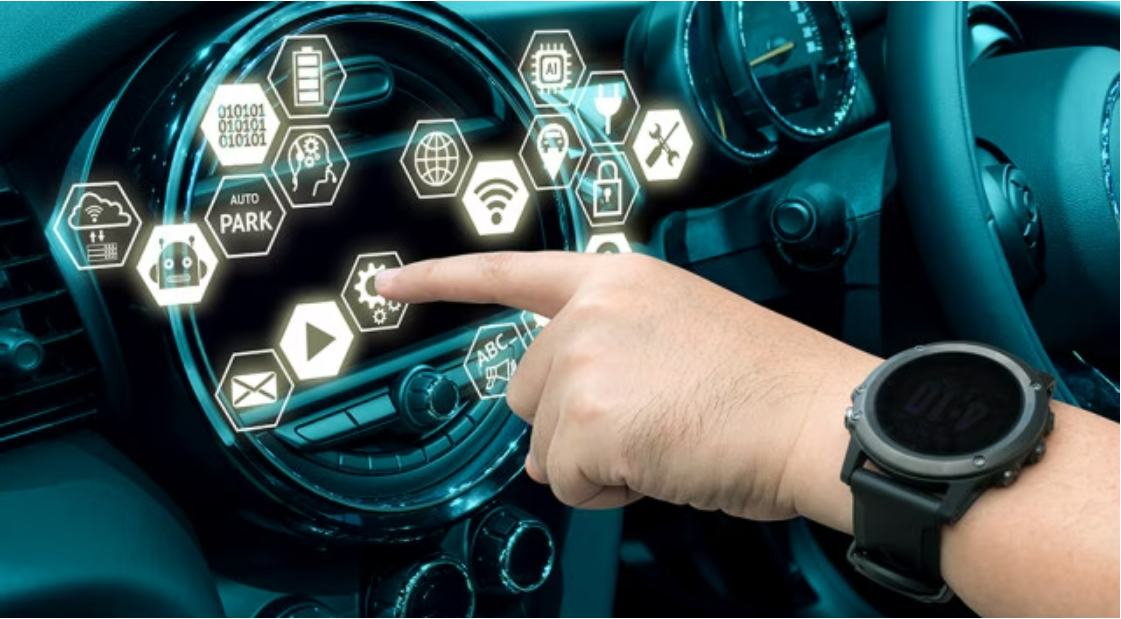
People were left speechless when digital vehicle displays were first introduced, allowing drivers to control their car with a simple swipe or touch of the screen. Now that vehicle touch displays are commonplace, manufacturers are entering the next phase: touchless systems that use biometric data and body gestures via interior cameras to hand the driver effortless, hands-free control.
To realize this, each gesture must be coupled with different behavioral data, like a certain hand gesture being assigned for making phone calls. The more data accumulated, the more accurate IoB can be in enhancing the touchless technology and elevating the customer experience to the next level.
Voice Recognition System
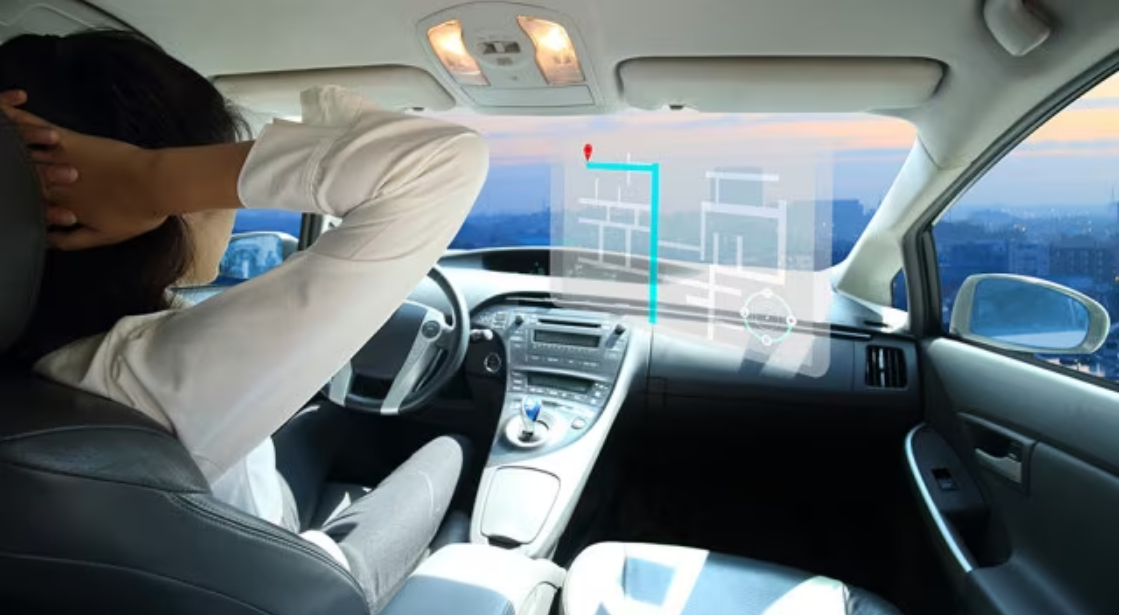
Voice recognition-enabled features ensure hands stay firmly on the wheel for the safest, most convenient driving experience. Many automakers are pursuing various voice-controlled features by collecting voice data via the vehicle’s audio devices. With the help of IoB, this could evolve into an intelligent dialog service capable of comprehending the context and intentions behind someone’s words. If a passenger were to say, “It’s too hot,” an AI speaker might suggest opening a window or automatically circulate outside air through the cabin.
Reacting to Surroundings
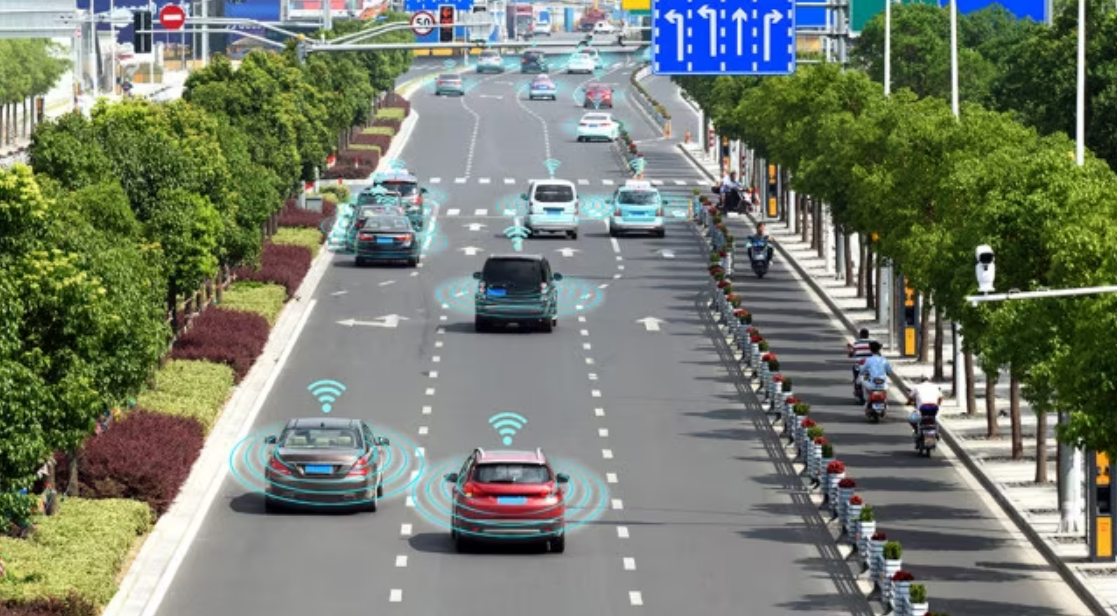
Building a sophisticated system, which collects circumstantial data on the vehicle’s external environment, is just as pivotal to improving in-vehicle experiences as everything else. For autonomous vehicles especially, it’s essential because precisely recognizing the surroundings allows automobiles to make decisions like when to stop, go and which direction to head. Almost every external behavior is analyzed, such as someone running into the road unexpectedly or the speed, direction and particularities of other vehicles on the road or parked. IoB technology puts all this information to good use, bringing future mobility another step closer to reality.
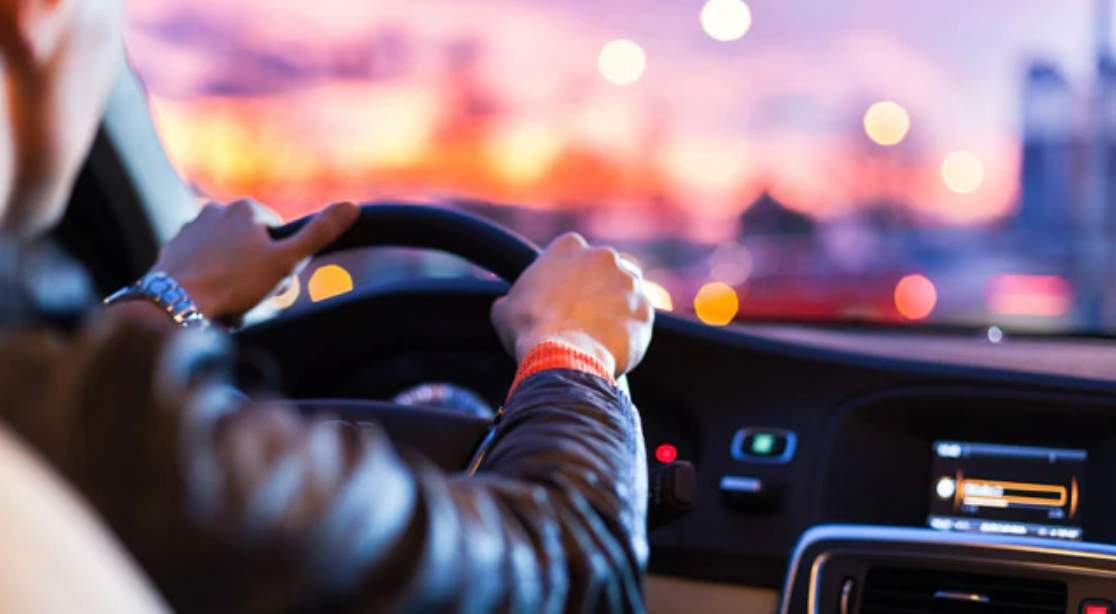
Unlike a decade ago, the future of mobility now depends on the development of software with driving and in-vehicle experiences diversifying as different software systems come into play. The data collected and analyzed through IoB will enhance hardware and software with the customer in mind, allowing automakers to influence future consumer behavior and transform people’s lifestyles for the better.
To keep pace with this trend, the LG Vehicle component Solutions (VS) Company is constantly developing new cutting-edge automobile systems, such as infotainment, center information display (CID), telematics and wireless charging modules for vehicles products, using IoB technologies to invent new and improved customer experiences. LG will continue to endeavor toward a new era where next-level mobility is realized through the power of cutting-edge technologies.
# # #
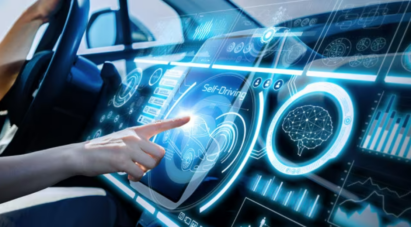
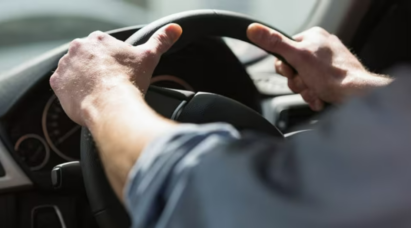
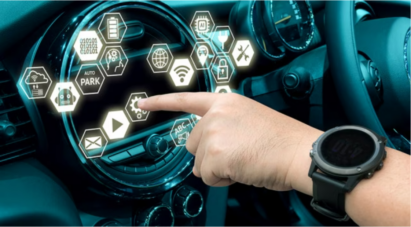
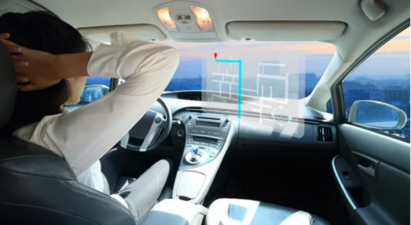
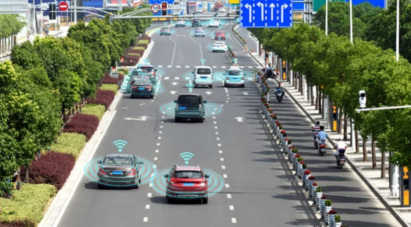
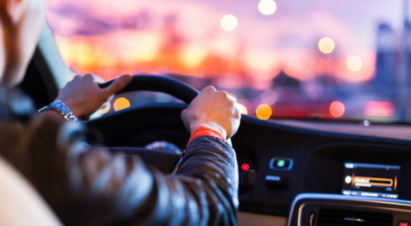
![[Mobility Inside] The Secret to Tailored Driving Experiences: Camera Sensors](https://www.lgnewsroom.com/wp-content/uploads/2023/02/Camera-Sensors-fi-e1682491277592-403x272.png)
![[Mobility Inside] How Infotainment Brightens Up Your Driving Experience](https://www.lgnewsroom.com/wp-content/uploads/2022/07/ota_FI-e1662601607144-403x272.png)
![[Mobility Inside] Connecting Cars to the Internet via Telematics](https://www.lgnewsroom.com/wp-content/uploads/2022/12/Telematics-fi-e1670461351247-403x272.png)
